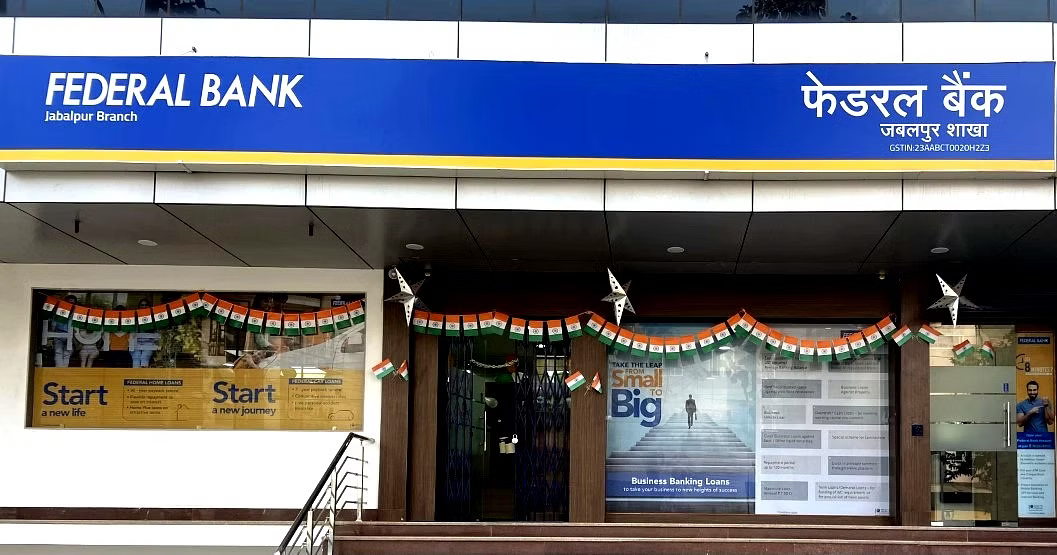“Compound Interest is the eighth wonder of the world.” – Albert Einstein
When you save or invest your money early, the returns you earn don’t just sit there; they make more money over time. It’s like a snowball rolling downhill, getting bigger as it goes. So, the sooner you start, the more time your money has to grow. That’s why it’s crucial to understand and use the power of compounding to build your wealth for the future. The earlier you begin, the more wealthier you’ll be!”

Image Source: Freepik
For example, – if you invest 15,000 every month at 15% CAGR, you will end up with 1 crore at the end of 15 years.
-If you invested $1,000 in Apple stock 20 years ago, it would today be worth more than $600,000.
– If an investor had invested ₹1 lakh in Kotak Mahindra stock 20 years ago, its ₹1 lakh would have turned to ₹10.11 crore today provided the investor had remained invested in this stock throughout this period of two decades.
This is the power of compounding and with better investment approaches you can even achieve a better CAGR.
Now, let’s explore how you can potentially double your money at various time frames using a range of financial investments.
Annual growth required to double your money
Years | CAGR (%) | Possible Avenues | Risk Level |
3 | 26 | Select Small cap & Mid cap Equity Solutions Select Private Equity Investments | High Risk |
5 | 14.9 | Select Mid- Cap & Large Caps Equity Solutions, | Moderate to High Risk |
7 | 10.4 | Select Large-Cap equity solutions, | Moderate Risk |
10 | 7.2 | Government Bonds, | Low Risk |
Equity Solutions include:
1) Direct Stocks
2) Mutual Funds
3) AIFs and PMS
Private Equity Investments include
1) Direct
2) AIFs
3) Pre-IPO shares
Now, let’s explore how you can potentially grow your money fivefold at various time frames using a range of financial investments.
Annual Growth Required to multiply Your Money Fivefold (5x)
Years | CAGR (%) | Possible Avenues | Risk Level |
3 | 71 | Select Small-Cap Equity Solutions, | Very High Risk |
5 | 37.7 | Select Small & Mid-Cap Equity Solutions, | Very High Risk |
7 | 25.8 | Select Mid & Large-Cap Equity Solutions, | High Risk |
10 | 17.5 | Select Large Cap Equity Solutions, | Moderate to High Risk |
Equity Solutions include:
1) Direct Stocks
2) Mutual Funds
3) AIFs and PMS
Private Equity Solutions include,
1) Direct Startup Investing
2) AIFs
3) Pre-IPO shares
Finally, let’s explore how you can potentially grow your money tenfold at various time frames using a range of financial investments.
Annual Growth Required to multiply Your Money Tenfold (10x)
Years | CAGR (%) | Possible Avenues | Risk Level |
3 | 115.9 | Select Pre-Seed/ Seed Stage Private Equity Solutions | Ultra - High Risk |
5 | 58.5 | Select Private Equity (Seed & Series A) & | Very High Risk |
7 | 38.9 | Private Equity Investments (Series A), | High Risk |
10 | 25.9 | Select Mid Cap Equity Solutions | High Risk |
Equity Solutions include:
1) Direct Stocks
2) Mutual Funds
3) AIFs and PMS
Private Equity Solutions include,
1) Direct Startup Investing
2) AIFs
3) Pre-IPO shares
Please note:
AIF – Alternative Investment Funds
PMS – Portfolio Management Services
REITS – Real estate investment trusts
:max_bytes(150000):strip_icc()/dotdash_Final_Risk_Feb_2020-01-66f3c5ffb3c040848f1708091fa40eb9.jpg)
Conclusion:
When you’re on the path to building wealth through the power of compounding, it’s vital to find the right balance between risk and reward. The potential for growth is exciting, but it’s essential to understand that higher returns usually come with higher risks. As we’ve seen in the examples above, achieving a good growth rate can help your wealth grow significantly, but it requires a consistent and well-thought-out investment strategy. Don’t forget to diversify your investments and consider your comfort level with risk when aiming to double, quintuple, or even increase your wealth tenfold.









































